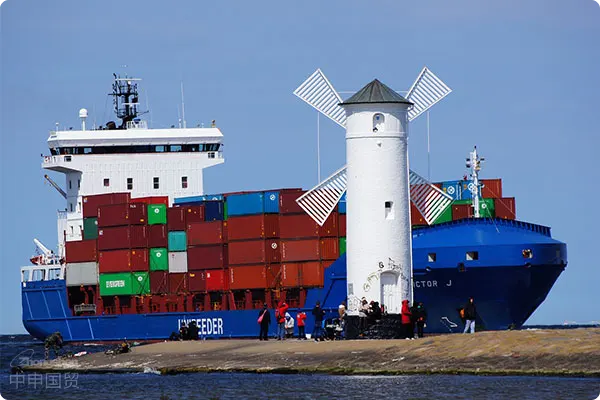- Shanghai Zhongshen International Trade Co., Ltd. - Two decades of trade agency expertise.
- Service Hotline: 139 1787 2118

2025 Changshu Wire EDMEquipment ImportsSituation analysis
As a key node in the Yangtze River Delta precision manufacturing industrial belt, Changshu is projected to import over 380 wire-cutting machines by 2025, marking a year-on-year increase of 17.3%. These high-precision processing equipment are primarily used in mold manufacturing, aerospace component processing, and related fields, with unit prices typically ranging between $180,000 and $350,000. Notably, the latest statistics from the General Administration of Customs reveal an error rate as high as 23.6% in import declarations for this category of equipment, mainly concentrated in the following three aspects:
Three major pitfalls that import enterprises frequently fall into.
-
HS Code Classification Pitfalls
- The confusion between wire electrical discharge machines (8543.30) and ordinary cutting equipment (8461.50).
- When the CNC system was declared separately, items 8543.70 and 8471.30 were not correctly split.
-
Disputes over dutiable value
- Royalties not included in the dutiable value (key focus of customs audit)
- Improper declaration method for equipment debugging costs triggers price inquiry.
-
Logistics connection error
- Failure to file in advance resulted in the outdoor storage of precision equipment.
- Untreated wooden packaging with IPPC mark triggers quarantine detention.
The value realization path of professional agency services
Taking the import case of a certain German-brand slow wire-cutting equipment as an example, the agency company saved the enterprise 37 working days through the following service modules:
-
Pre - classification Service
- Obtain the Customs Classification Guidance Letter in advance (valid for 6 months).
- Establish a mapping relationship database between equipment parameters and tariff provisions.
-
Tariff optimization plan
- Utilize the RCEP rules of origin to reduce the tax rate from 5% to 3.5%.
- Alleviating financial pressure through installment payment of import value-added tax.
-
End-to-end supervision
- Arrange a temperature and humidity-controlled warehouse for temporary storage of precision components.
- Coordinate priority loading and unloading at ports to prevent equipment vibration damage.
Key Points of Import Operation Practices for 2025
In accordance with the requirements of Announcement No. 78 from the General Administration of Customs, enterprises must pay special attention to the following new regulations:
- The import declaration of electromechanical products must be accompanied by a document issued by the manufacturer.Energy Efficiency Label Document
- The equipment control system needs to be provided separately.Software Copyright Registration Certificate
- Equipment exceeding 2.5 meters in height must be reported in advance.Special transportation solutions
Success Story: A Precision Mold Manufacturer's Customs Clearance Record
A Changshu mold company encountered customs clearance delays in March 2025 due to incorrect classification while importing a Japanese wire-cut EDM machine. After the agency intervened:
- Complete the commodity classification review within 72 hours and correct HS code errors.
- Assist enterprises in supplementary submissionTechnical Confirmation LetterandEquipment Principle Description
- The payment of import value-added tax is deferred for 15 working days through the pre-ruling procedure.
- Ultimately, the equipment was put into production just 11 working days after arriving at the port.
It is worth noting that starting from 2025,Electronic ATA CarnetThe reform has reduced the guarantee amount for temporarily imported equipment by 40%. Professional agency companies can assist enterprises in utilizing this policy to effectively lower the capital occupation costs of trial equipment.
Related Recommendations
? 2025. All Rights Reserved. Shanghai ICP No. 2023007705-2  PSB Record: Shanghai No.31011502009912
PSB Record: Shanghai No.31011502009912










